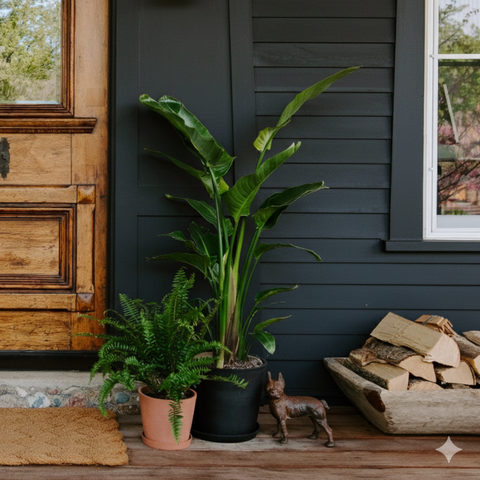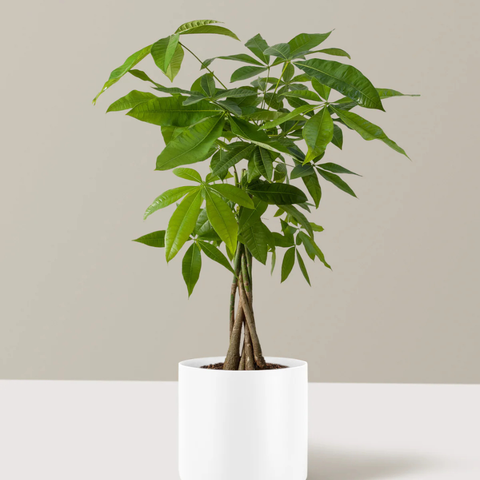As temperatures drop, it's time to bring your outdoor plants back inside. But don't just grab them and go—a rushed transition can shock your plants and invite pests into your home. Here's how to make the move smooth.
Timing Matters
Bring plants indoors when nighttime temperatures consistently dip below 50°F. Most tropical houseplants can't handle anything colder. Check your local forecast and plan to move them during a warm week if possible.
Inspect for Pests
This is the most crucial step. Outdoor plants often attract hitchhikers such as aphids, spider mites, and fungus gnats.
Quick pest check:
- Examine both sides of the leaves
- Check stems and soil surface
- Look for webbing, sticky residue, or tiny bugs
If you spot pests, spray with insecticidal soap or neem oil. Let the plant sit outside for a few more days, then inspect again before bringing it in.
Clean Your Plants
Hose down the leaves to remove dirt, dust, and any remaining pests. Wipe larger leaves with a damp cloth. Clean plantsphotosynthesize better and are less likely to bring problems indoors.
Adjust Gradually
Plants need time to acclimate to lower indoor light levels. Place them in your brightest windows first, then move them to their permanent spots after a week or two. This prevents leaf drop from light shock.
Expect Some Adjustment
A few yellow leaves are normal as your plant adapts to indoor conditions. Don't panic—remove them and keep your care routine consistent.
Update Your Watering Schedule
Indoor air is drier, and plants grow more slowly in fall and winter. Check soil moisture before watering rather than sticking to a schedule. Most plants will need less frequent watering once they're inside.
The bottom line: Take your time with the transition. A little extra effort now means healthier plants all winter long.





Comments (0)
There are no comments for this article. Be the first one to leave a message!